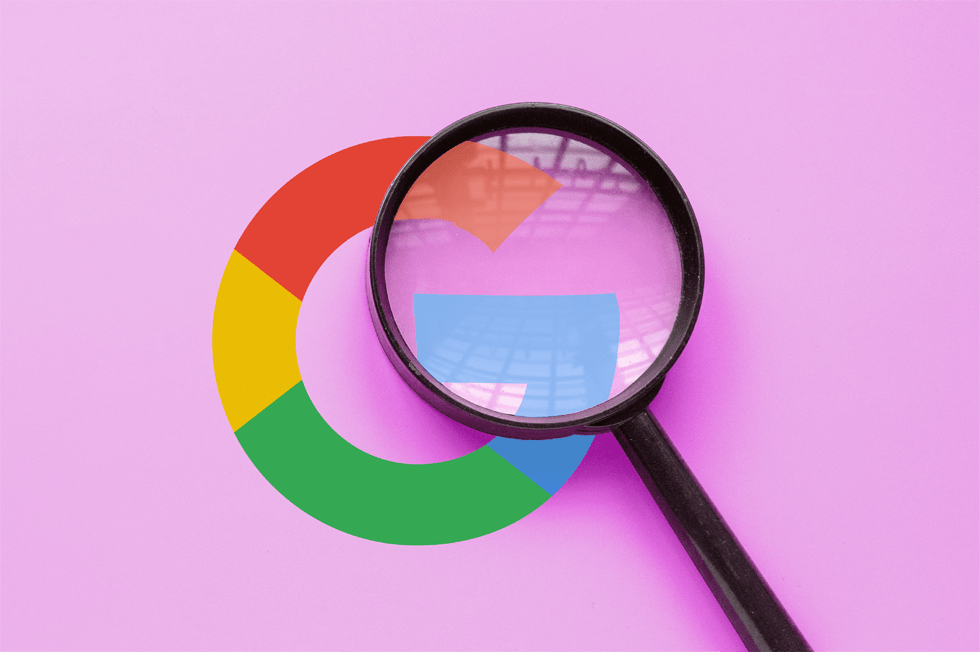In our latest episode of Test. Learn. Grow., we sat down with Level Agency’s Account Director II, Amy Stettler, to talk about the RACI matrix. The RACI matrix is a project management tool that helps teams determine roles. Amy gives insight on where the RACI matrix comes from, how it works, and how it can help teams be more efficient, productive, and empowered.
Rather listen than read? In this podcast episode, hosts Myles Biggs and Allyn Reynolds learn what the RACI matrix is and how it can help teams see projects through to successful completion.
What is the RACI matrix, and where did it come from?
The RACI matrix started back in the 70s, but Amy’s knowledge of RACI came from her work at Ogilvy. Back in the 90s, IBM consolidated their marketing efforts from 40 different agencies to one—Ogilvy. It was a big job to piece through projects that were being completed by 300-person agencies to just one. Amy and her team quickly realized that they needed to streamline the process to get projects done on time. That was IBM’s goal in consolidating to one marketing firm: speed and efficiency.
The RACI matrix came into the picture after Amy noticed people were duplicating their efforts and overlapping tasks. There wasn’t a clear way for each person to have their own voice and to own parts of the process while thinking through the development of the campaigns.
With the RACI matrix, a team is able to establish very clear roles. RACI stands for:
Responsible
Accountable
Consulted
Informed
The responsible party makes sure it all gets done. The accountable party is actually doing the task. The consulting party is contributing along the way or when asked. Finally, the informed party is usually a big boss who is kept appraised of key milestones and key decisions.
RACI really started working well for Amy’s team at Ogilvy because it gave them a common language that helped them get projects completed. They had a lot of people to keep in the loop on the client side, and RACI allowed them to identify who was going to be the voice in the media planning and buying process, etc. With everyone involved, RACI helped get the right approvals and the right input from the client.
RACI: From a Tool to an Integrated Process
Amy says making RACI part of your company’s culture is as simple as introducing and operationalizing it as a part of your structure or process.
She says you’ll notice three things if you use the RACI matrix in a status call internally or externally. First, you’re going to be able to move through the project faster. Second, you’ll have a better feeling of ownership, which makes people feel successful. Third, you’ll be able to pivot pretty quickly by using the RACI matrix. Overall, it’s more motivating for your team. In addition, the RACI matrix is a really great tool to help with scalability. Whether you’re scaling media buying, the size of a campaign or your team, RACI provides very clear “swim lanes” to identify quickly what you need to grow.
RACI Empowers Teams
Amy says RACI also empowers teams, especially when employees are distributed, as so many are right now. RACI helps teams who are distributed work with the same information with clear roles; they can feel connected and like they’re on the same page. When a team is face-to-face, a hierarchy is easily identified, and leadership tends to own the meeting. Whereas in a distributed environment when meetings are being held remotely there’s more of a level playing field. RACI allows junior people to feel confident they can have a voice in the meeting.
Another way RACI empowers teams is on the client side of things. For example, Level client SAE uses one project management system, while Level Agency uses another. By using RACI, it’s clear who is responsible, accountable, consulted, and informed as to how the two project management systems speak to each other to ensure everything gets done and communication flows. RACI, in this case, allows teams to then focus on the brainy side of marketing: strategy and deeper thinking.
Communication is Key
Using the RACI matrix successfully is all about clear communication. It’s about doing the desk drive-by in the remote world. It’s about showing each other respect for the work we do and appreciation for what each person brings to the table.
Amy’s team often found themselves talking about ideas and sharing opinions about projects but still leaving meetings without a clear idea of who would accomplish what. That’s where RACI comes into play—the roles are clear, and people know how to move the project forward.
By taking a moment to slow down and use RACI as a framework in your process, the project can then move at a quicker pace. Your team is empowered. The project is completed. The client is satisfied.
Curious about how the RACI matrix might help your teams get more accomplished? Set up a consultation—we’d love to chat with you about it.
What did we miss? Give us your thoughts in a comment!






